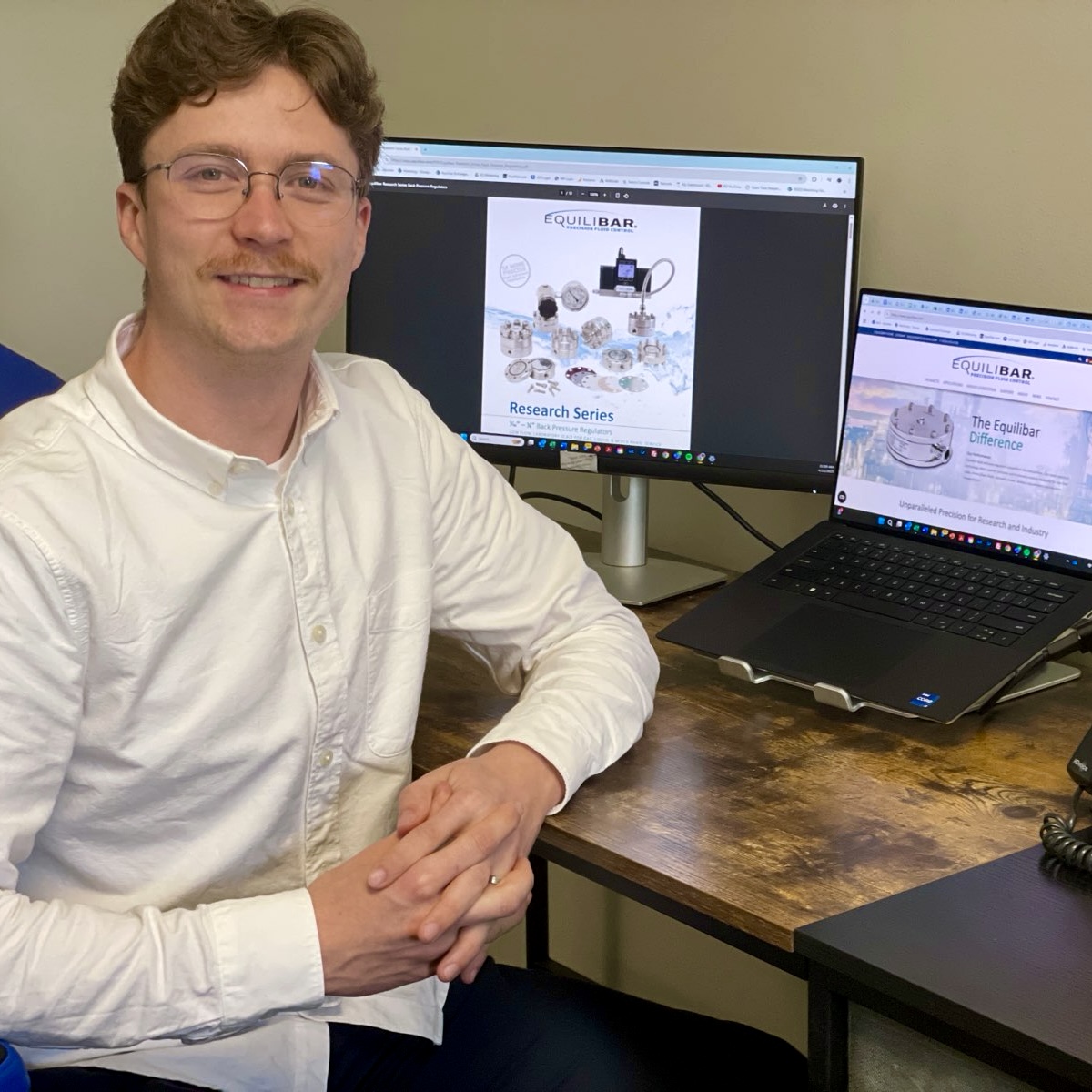What is the definition of a back pressure regulator? A Back Pressure Regulator (BPR) is a device that maintains a defined pressure upstream of its own inlet. When fluid pressure in the process at the inlet of the BPR exceeds the setpoint, the regulator opens to relieve the excess pressure.
Back Pressure Regulators work similarly to relief valves but in the case of the BPR, the emphasis is on steady state pressure control instead of on/off actuation. The BPR continually adjuts its position to keep the inlet pressure at the desired setpoint. They are used to control gas, liquid, mixed-phase and supercritical fluids.
Difference between Pressure Regulator and Back Pressure Regulator
Pressure regulators or pressure reducing regulators reduce a higher supply pressure down to a regulated lower pressure at the outlet, maintaining a desired downstream pressure. Back pressure regulators work the opposite way. They regulate the pressure at the inlet by opening up only as much as necessary to maintain the desired upstream pressure.
| Type | Pressure Reducing Regulator | Back Pressure Regulator |
|---|---|---|
| Schematic |  |  |
| Simple Design |  |  |
| Controls Pressure | Downstream | Upstream |
| Opens to: | Increase pressure downstream | Decrease pressure upstream |
| Closes to: | Decrease pressure downstream | Increase pressure upstream |
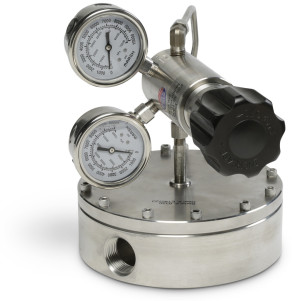
Equilibar back pressure regulators are dome-loaded to provide improved performance.
Learn More Contact an Engineer
A Back pressure valve or regulator is often used in:
Back Pressure Valves (Regulators) from Equilibar:
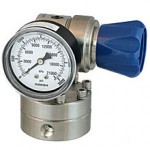 Research Series
Back Pressure Regulators
1/16" to 1/4"
up to 10,000 psig / 690 bar(g)
Research Series
Back Pressure Regulators
1/16" to 1/4"
up to 10,000 psig / 690 bar(g)
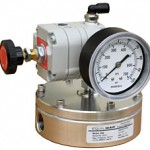 General Service
Back Pressure Regulators
1/4" to 1"
up to 2500 psig / 172 bar(g)
General Service
Back Pressure Regulators
1/4" to 1"
up to 2500 psig / 172 bar(g)
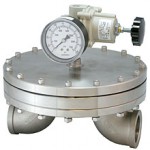 Industrial Service
Back Pressure Valves
1.5" to 4"
up to 150 psig / 10 bar(g)
Industrial Service
Back Pressure Valves
1.5" to 4"
up to 150 psig / 10 bar(g)
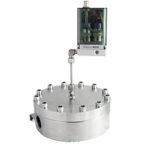 Electronic
Back Pressure Regulators
1/4" to 4"
up to 5000 psig / 344 bar(g)
Electronic
Back Pressure Regulators
1/4" to 4"
up to 5000 psig / 344 bar(g)
Back Pressure Valves and other terms
The term back pressure regulator can be used interchangeably with the term back pressure valve, though the term “valve” sometimes infers a different control mechanism. In larger industrial applications, for example, traditional flow control valves are typically used to regulate pressure and other variables.
Back pressure valves and regulators are also similar to pressure relief valves in that both control their inlet pressure. However, the purpose for a pressure relief valves is to control an inadvertent pressure excursion, not for steady state flow control.
BPR’s are also sometimes referred to as pressure sustaining regulators or pressure sustaining valves, especially where used downstream of a pump to maintain pressure.
Precision Back Pressure Regulation
Equilibar has developed a unique technology which provides extremely high pressure stability across widely varying flow rates and process conditions. Learn more about our dome-loaded back pressure regulators and how they work.
Can the Equilibar® back pressure regulator be substituted for a pressure reducing regulator?
Some applications can be modified to accept back pressure regulator. Why would you do this? If you need extremely high precision in the low pressure range, or the convenience of accurately controlling a pressure from a remote computer signal, it may be worthwhile to determine if the Equilibar® back pressure regulator can still meet your needs.
- Can you recirculate excess fluid back to an upstream vessel (i.e. a recirculating pump)?
- Are you working with a low flow rate of air, water, or other fluid where an excess quantity can be economically exhausted or recycled?
If the answer to either of these is yes or maybe, feel free to contact one of Equilibar’s application engineers for a free consultation about your unique requirements. We will help you determine if a back pressure regulator is applicable for your application. If we can’t help you, we will recommend other products that will.
The schematic at right is an example of the Equilbar® being in place of a standard regulator to supply ultra-precise low-pressure flow control. The variable flowmeter supplies constant flow to the Equilibar®, which then exhausts only the portion not needed by the downstream process. For liquid or rare gas applications, the exhaust could be replaced by a recirculation pump to recover the excess flow.
Learn more about Equilibar’s unique high precision back pressure regulators.
Contact our engineers to discuss your unique application.
 The Equilibar backpressure regulator uses a unique design to produce unmatched precision across widely varying flow rates and process conditions
The Equilibar backpressure regulator uses a unique design to produce unmatched precision across widely varying flow rates and process conditions


